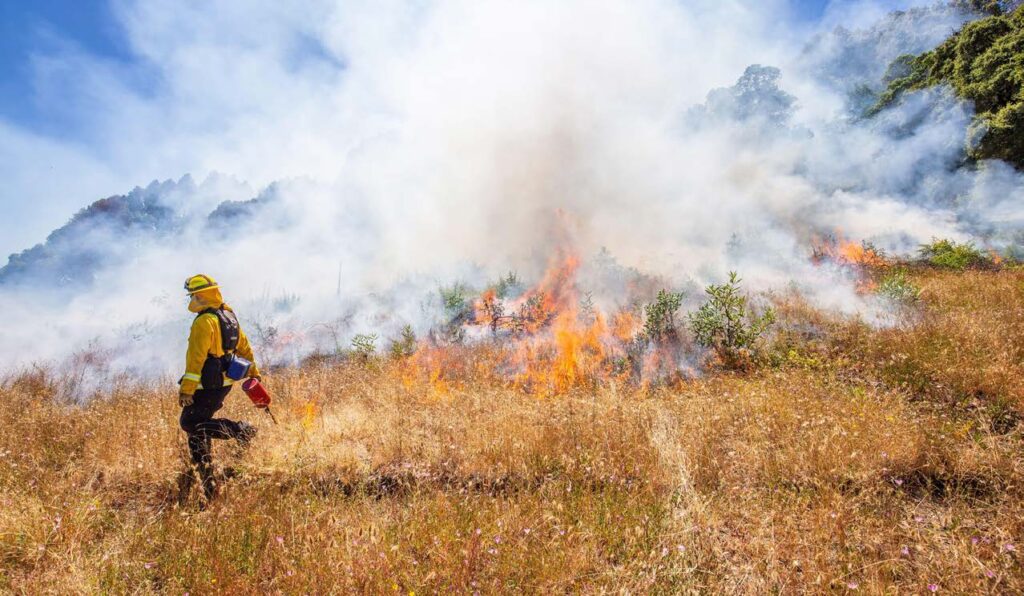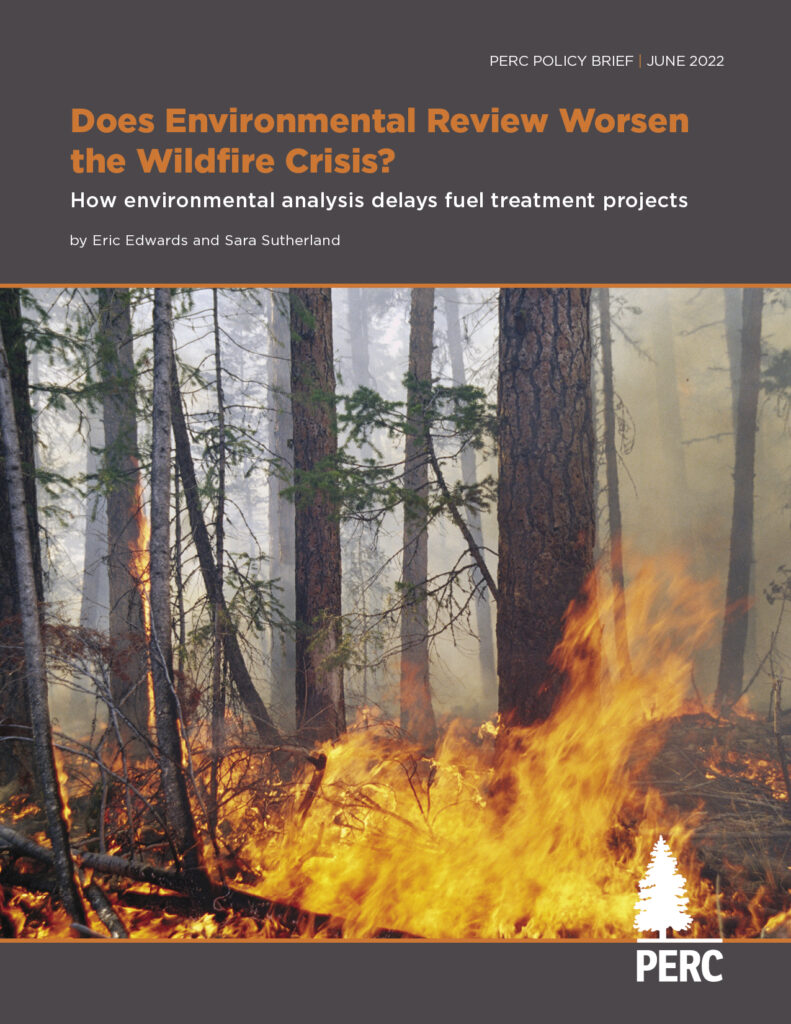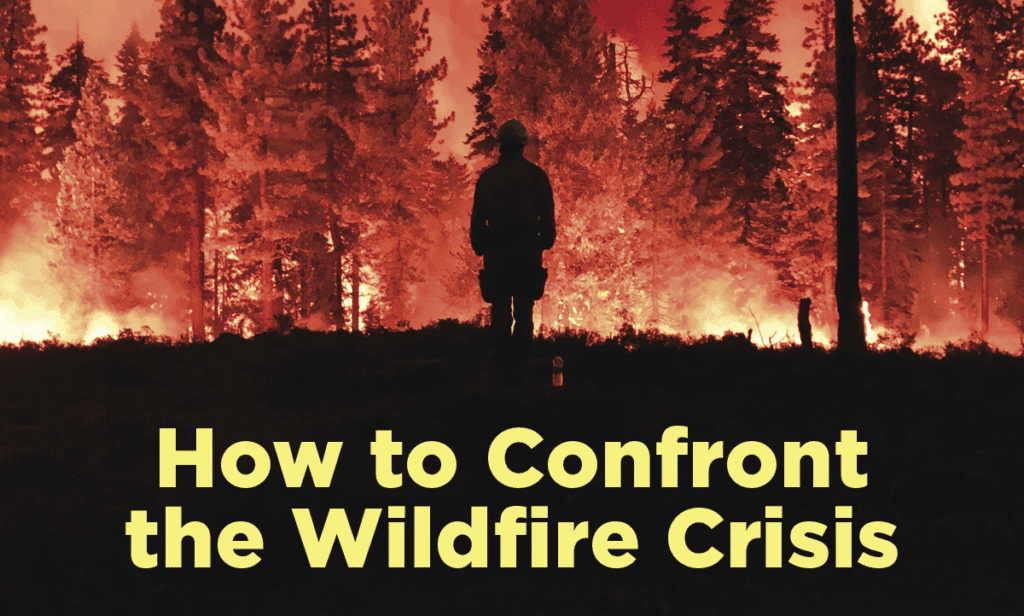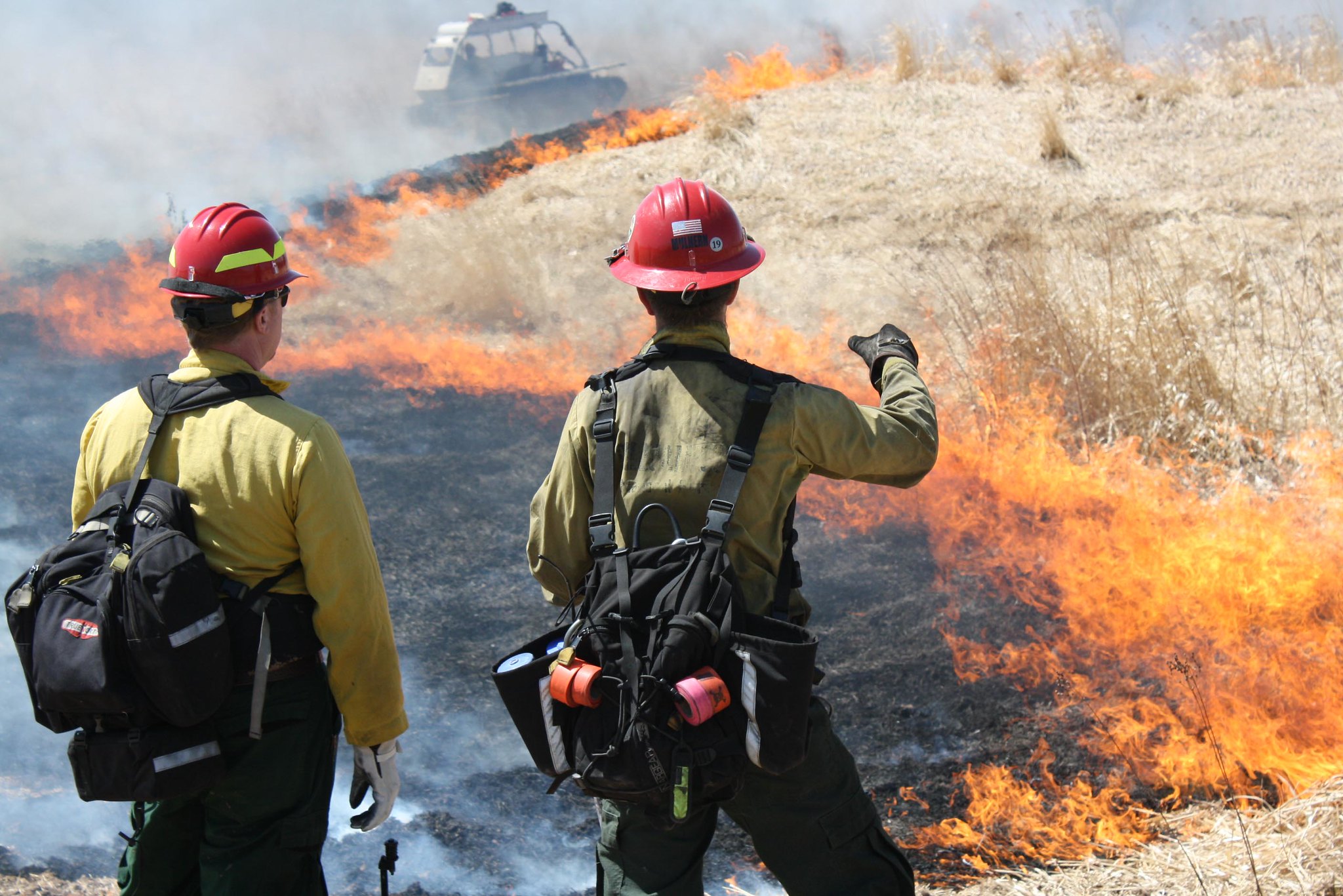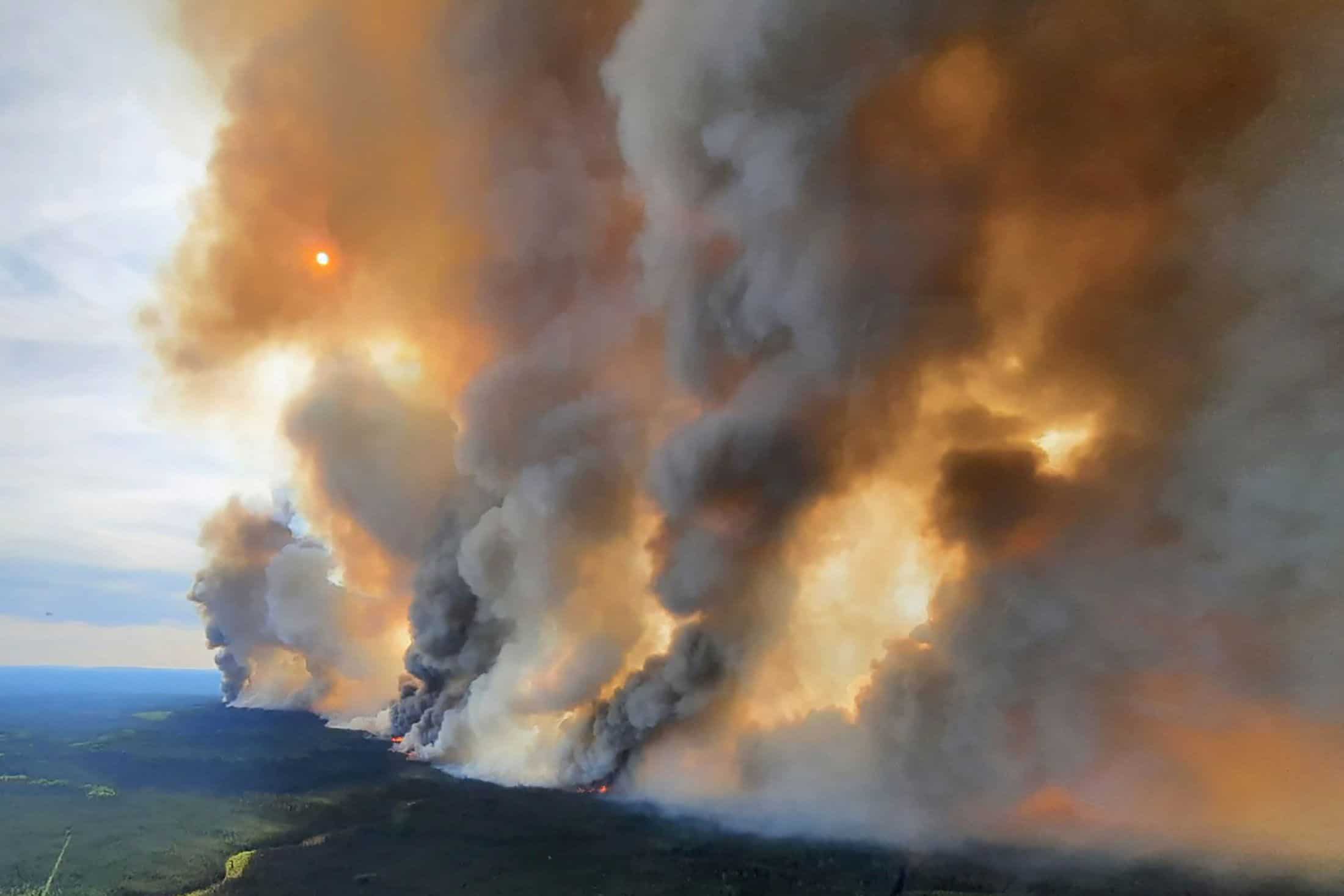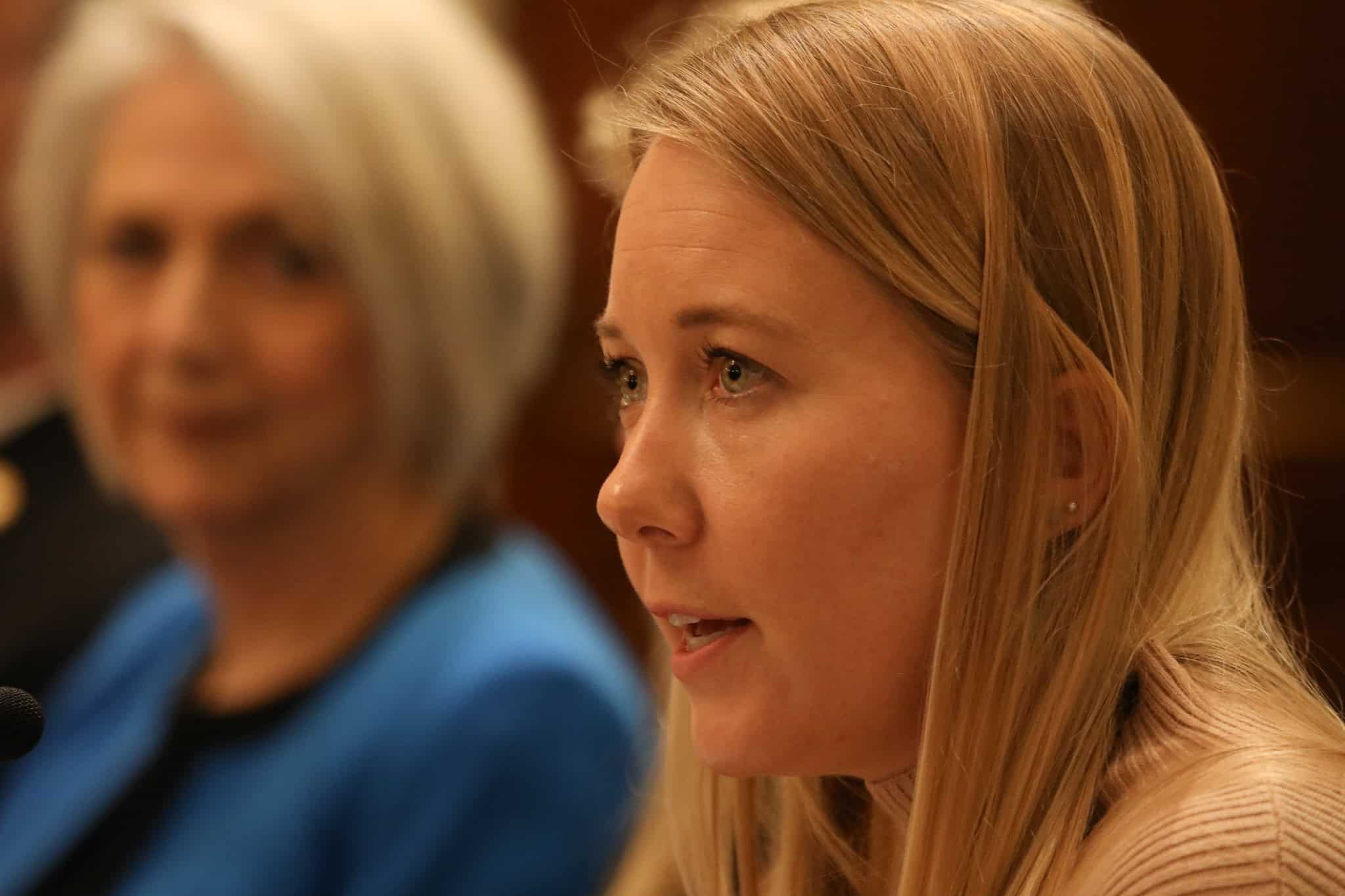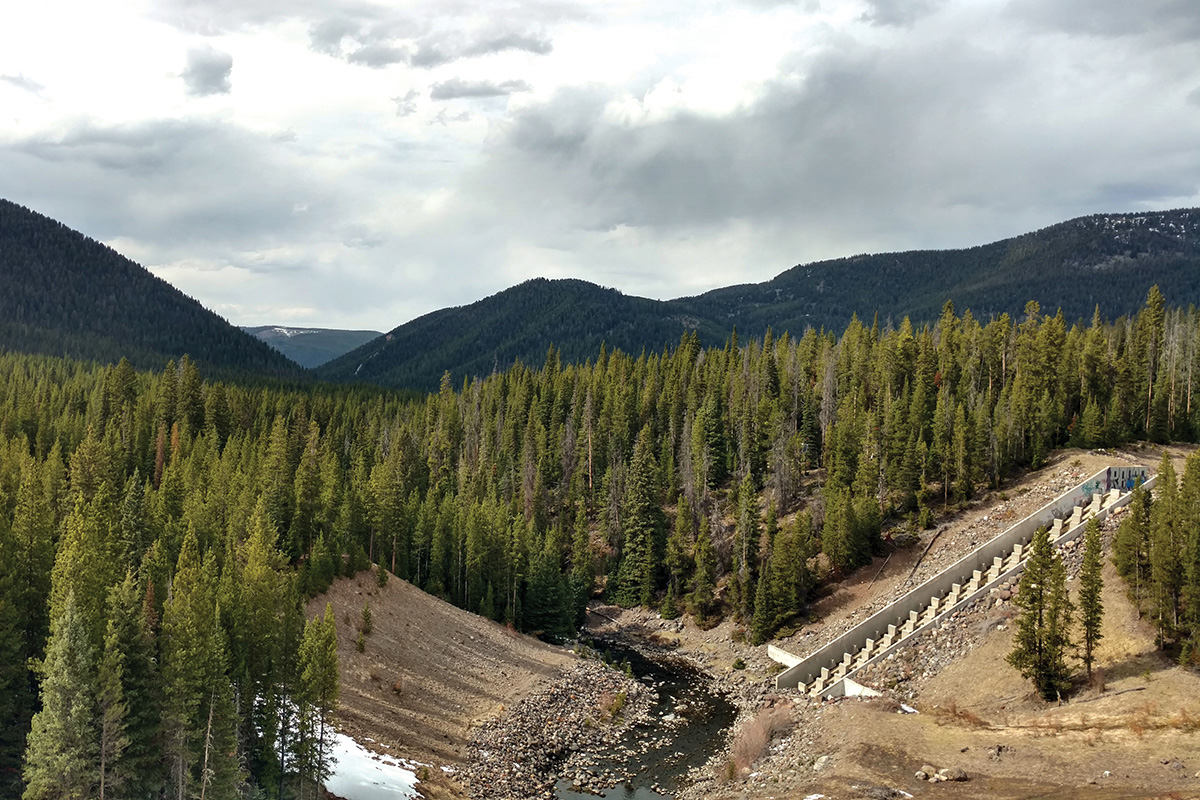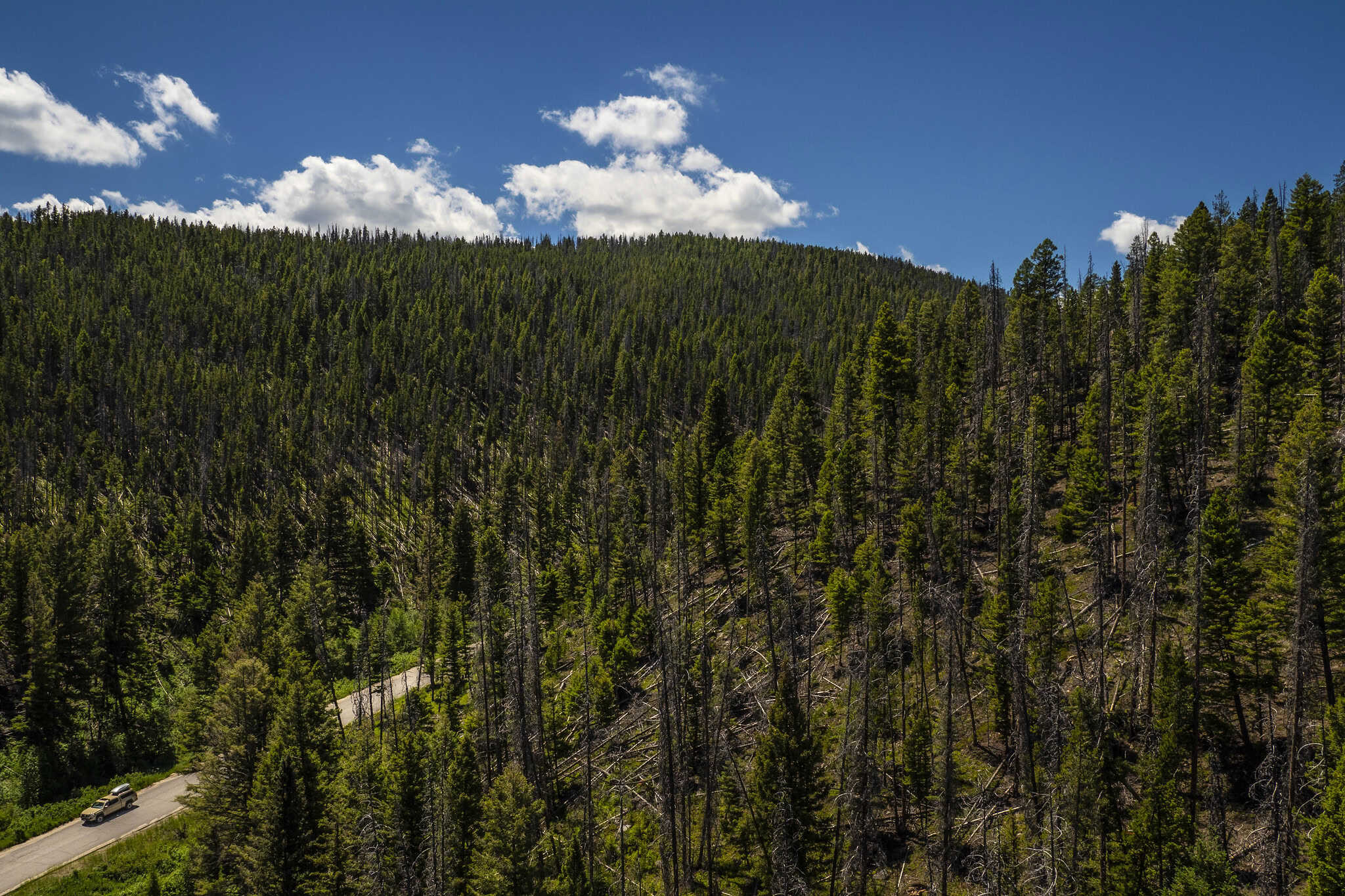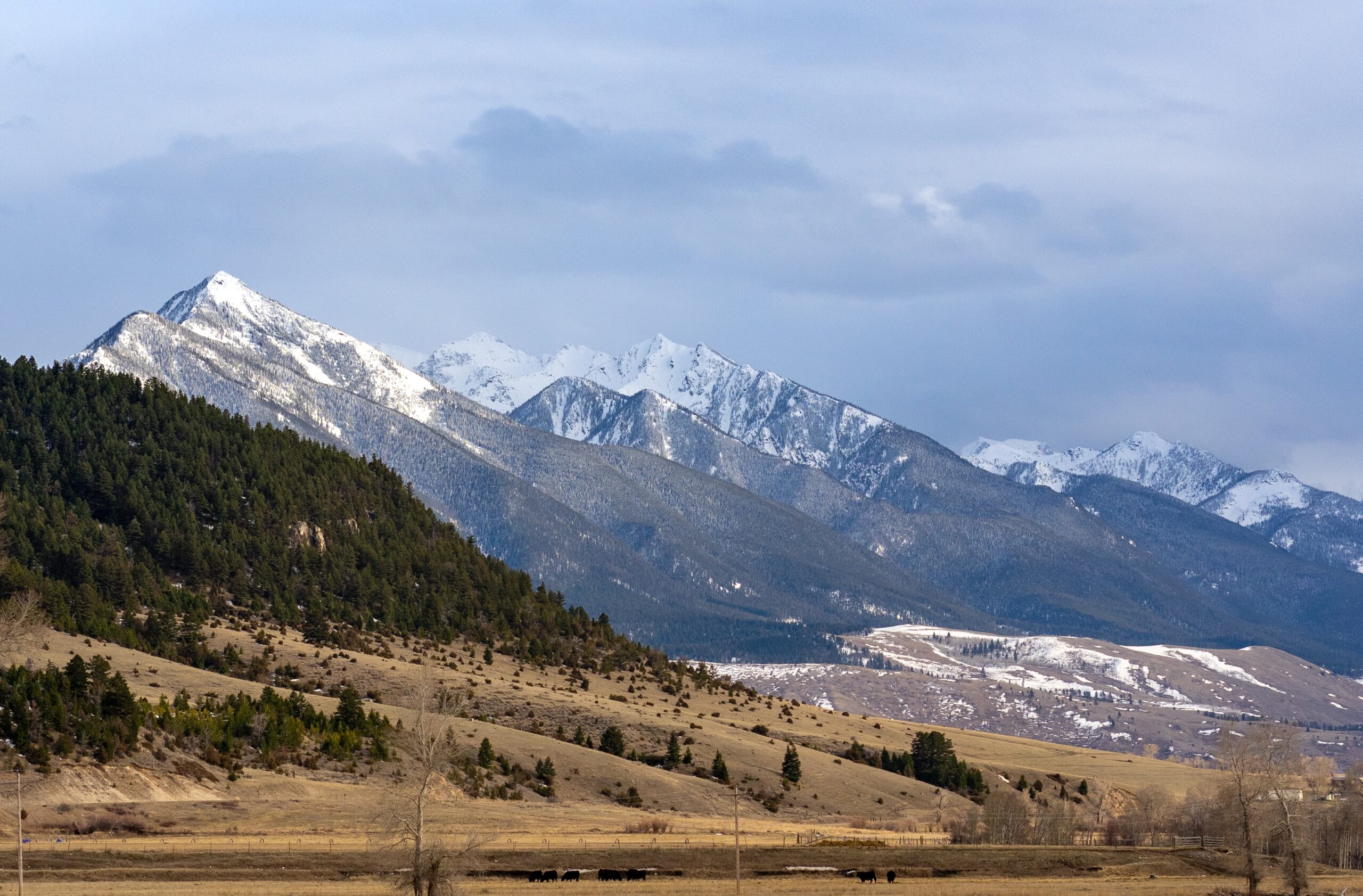OUR FOCUS
Fix America’s Forests
Healthy, resilient forest ecosystems play a vital role in wildlife habitat, air and water purification, climate regulation, and bring valuable recreation and economic benefits. Yet today, America’s forests are in trouble.
A century of fire suppression has disrupted natural fire cycles and impaired forest health. Today, devastating wildfires in the western United States are expanding both in acreage burned and the length of time alight. What the U.S. Forest Service historically termed the “fire season” is now called the “fire year,” which is 70 days longer than a generation ago. As a result, the number of trees dying in national forests is rising as a result of insect infestations, drought, and disease caused by overly dense forests. Likewise, the potential for catastrophic fires is growing as more and more people build homes and live on the forest’s edge.
To reverse these trends and foster more resilient forests, we must increase the pace and scale of active forest management. Prescribed fire and mechanical thinning are two essential tools in the forester’s toolbox, but expanding the use of these tools on both public and private lands is often hamstrung by overlapping regulations, litigation, and inadequate funding. By reducing existing regulatory hurdles and finding more creative funding approaches, we can fix America’s forests.

